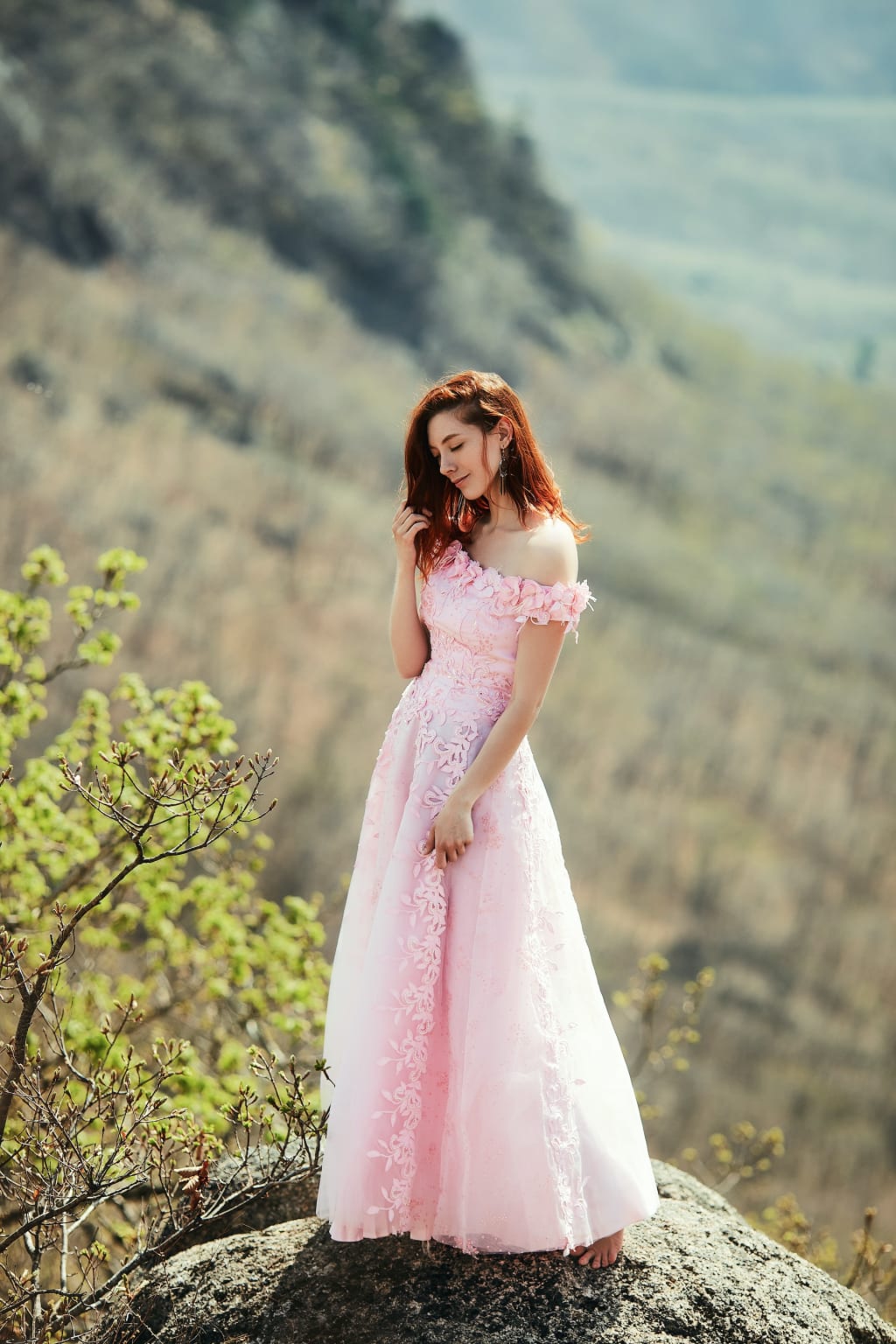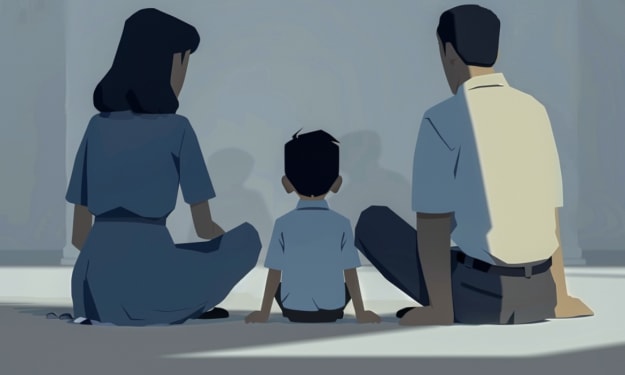Why Did Long Dresses Go Out of Fashion?
Long Dresses

Fashion is a dynamic and ever-evolving realm, constantly influenced by cultural shifts, societal changes, and historical events. Long dresses, once a staple in women's wardrobes, have seen significant fluctuations in popularity over the centuries. Understanding why long dresses went out of fashion involves delving into various factors, including social movements, economic shifts, technological advancements, and changes in lifestyle. This article explores the multifaceted reasons behind the decline of long dresses in certain eras.
1. Socio-Cultural Shifts
The Rise of Feminism:
The early 20th century witnessed significant socio-cultural changes, particularly the rise of the feminist movement. Women began advocating for greater rights and freedoms, which extended to their clothing choices. Long dresses, often associated with traditional femininity and restriction, were increasingly seen as a symbol of the old societal norms women sought to break free from.
1920s Flapper Dresses: The flapper era epitomized the rebellion against restrictive fashion. Women embraced shorter hemlines, loose fits, and more practical clothing that allowed for greater freedom of movement. The shift from long, heavy dresses to shorter, more functional attire reflected a broader desire for emancipation and modernity.
World War Influences:
Both World War I and World War II had profound impacts on fashion. During these periods, practicality and resourcefulness became paramount.
World War I: The war necessitated practical clothing for women who entered the workforce in unprecedented numbers. Long dresses were impractical for factory work and other manual labor, leading to the adoption of shorter skirts and more functional attire.
World War II: Fabric rationing during WWII further pushed the trend towards shorter dresses and skirts. Designers and consumers alike had to make do with less material, which naturally led to the decline of floor-length garments.
2. Economic Factors
Great Depression:
The Great Depression of the 1930s brought about a significant economic downturn, which heavily influenced fashion trends. Practicality and frugality became essential, and extravagant, long dresses were seen as impractical and costly.
Simplification of Fashion: The economic constraints forced designers to simplify their designs. Shorter hemlines and more straightforward styles became popular as they required less fabric and were more economical to produce and purchase.
3. Technological Advancements
Mass Production:
The advent of mass production in the mid-20th century revolutionized the fashion industry. Clothing became more accessible and affordable, but also more standardized and trend-driven.
Fast Fashion: The rise of fast fashion in the late 20th and early 21st centuries emphasized quick turnover of styles and trends. Shorter dresses and skirts, often seen as more versatile and easier to produce en masse, became more prevalent.
Synthetic Fabrics: Technological advancements in textile production, including the development of synthetic fabrics, allowed for the creation of more affordable, durable, and easy-to-care-for clothing. These fabrics often lent themselves better to shorter, more casual styles than to traditional long dresses.
4. Lifestyle Changes
Urbanization and Modern Lifestyles:
The move towards urban living and modern lifestyles significantly influenced fashion choices. Practicality, convenience, and versatility became key considerations.
Workforce Participation: As more women entered the workforce, the need for practical, comfortable clothing grew. Long dresses, which could be cumbersome and restrictive, were often impractical for the demands of modern work life.
Active Lifestyles: The increasing popularity of active and outdoor lifestyles also contributed to the decline of long dresses. Shorter skirts, pants, and more casual attire became favored for their practicality and ease of movement.
5. Cultural and Media Influences
Hollywood and Celebrity Culture:
Hollywood and the rise of celebrity culture have always played a significant role in shaping fashion trends.
1920s and 1930s Cinema: The glamour of Hollywood in the 1920s and 1930s showcased shorter, more glamorous dresses, which influenced public taste and fashion trends.
Modern Media: In the late 20th and early 21st centuries, the influence of celebrities, fashion icons, and media figures continued to drive trends towards shorter and more varied styles, reflecting the diverse tastes and lifestyles of the modern era.
Fashion Cycles:
Fashion is inherently cyclical, and what goes out of style often comes back in new forms. While long dresses may have seen periods of decline, they have never completely disappeared from fashion. Instead, they have been reimagined and reintroduced in various ways.
1970s Bohemian Revival: The 1970s saw a resurgence of long dresses with the bohemian fashion trend, emphasizing flowy, relaxed styles inspired by hippie culture.
Modern Runways: In contemporary fashion, long dresses frequently make appearances on runways, red carpets, and in everyday wear, reinterpreted to fit current tastes and trends.
Conclusion
The decline of long dresses in certain periods is a complex interplay of socio-cultural shifts, economic factors, technological advancements, lifestyle changes, and media influences. While long dresses may have ebbed and flowed in popularity, they remain a timeless and versatile element of fashion, continuously evolving to meet the needs and preferences of each new generation. Understanding these historical and cultural contexts helps appreciate the enduring appeal and adaptability of long dresses in the ever-changing landscape of fashion.
About the Creator
Enjoyed the story? Support the Creator.
Subscribe for free to receive all their stories in your feed. You could also pledge your support or give them a one-off tip, letting them know you appreciate their work.






Comments
There are no comments for this story
Be the first to respond and start the conversation.